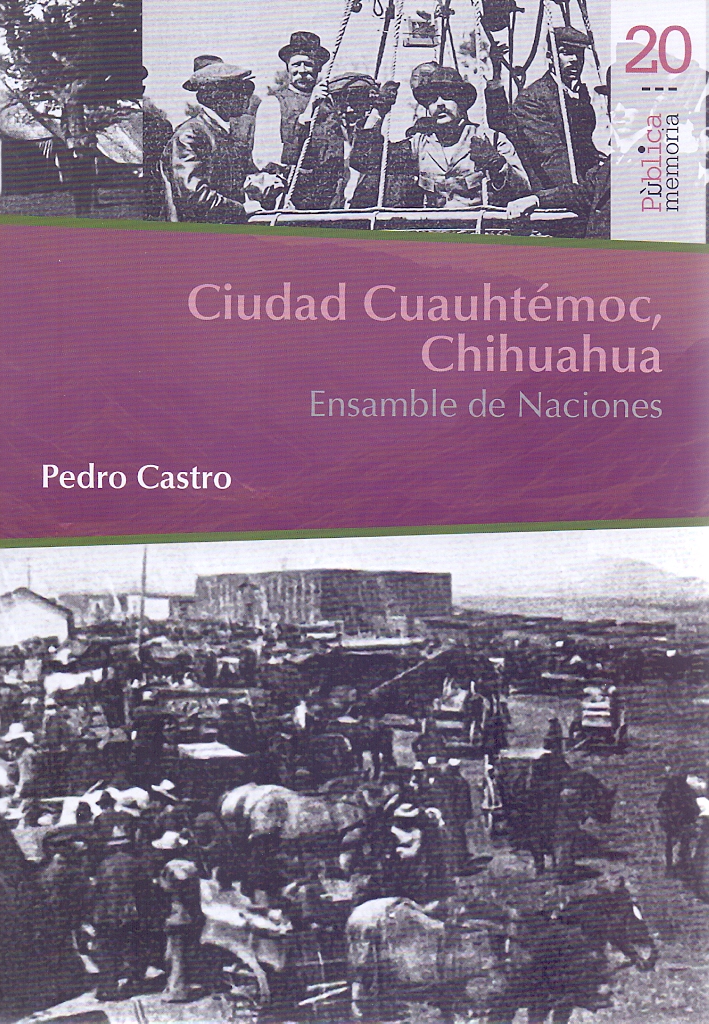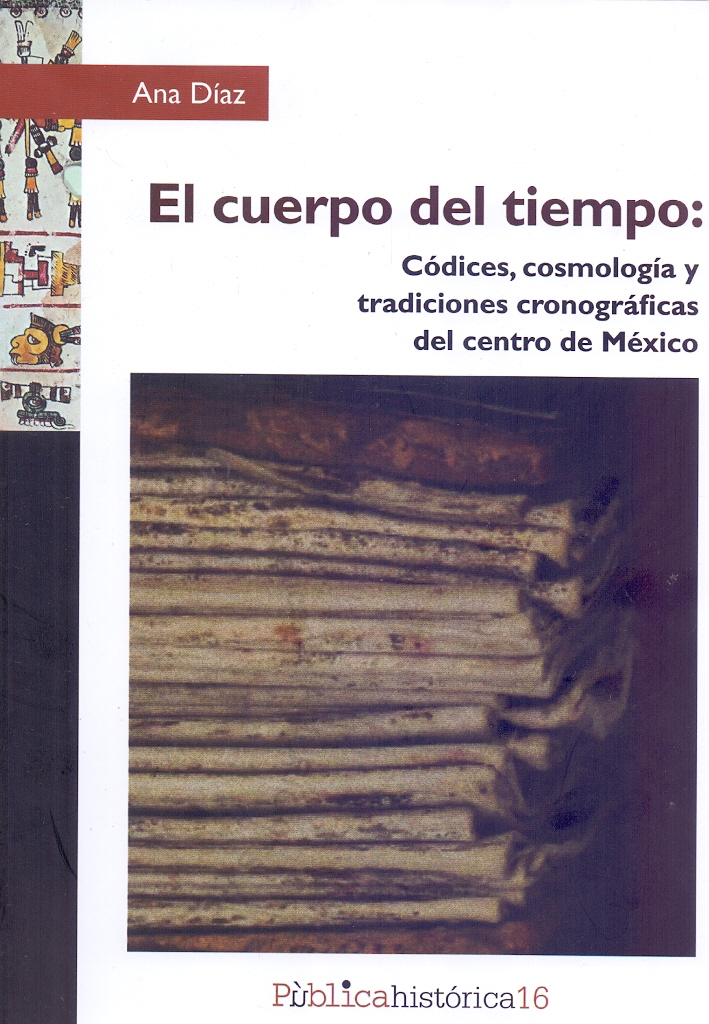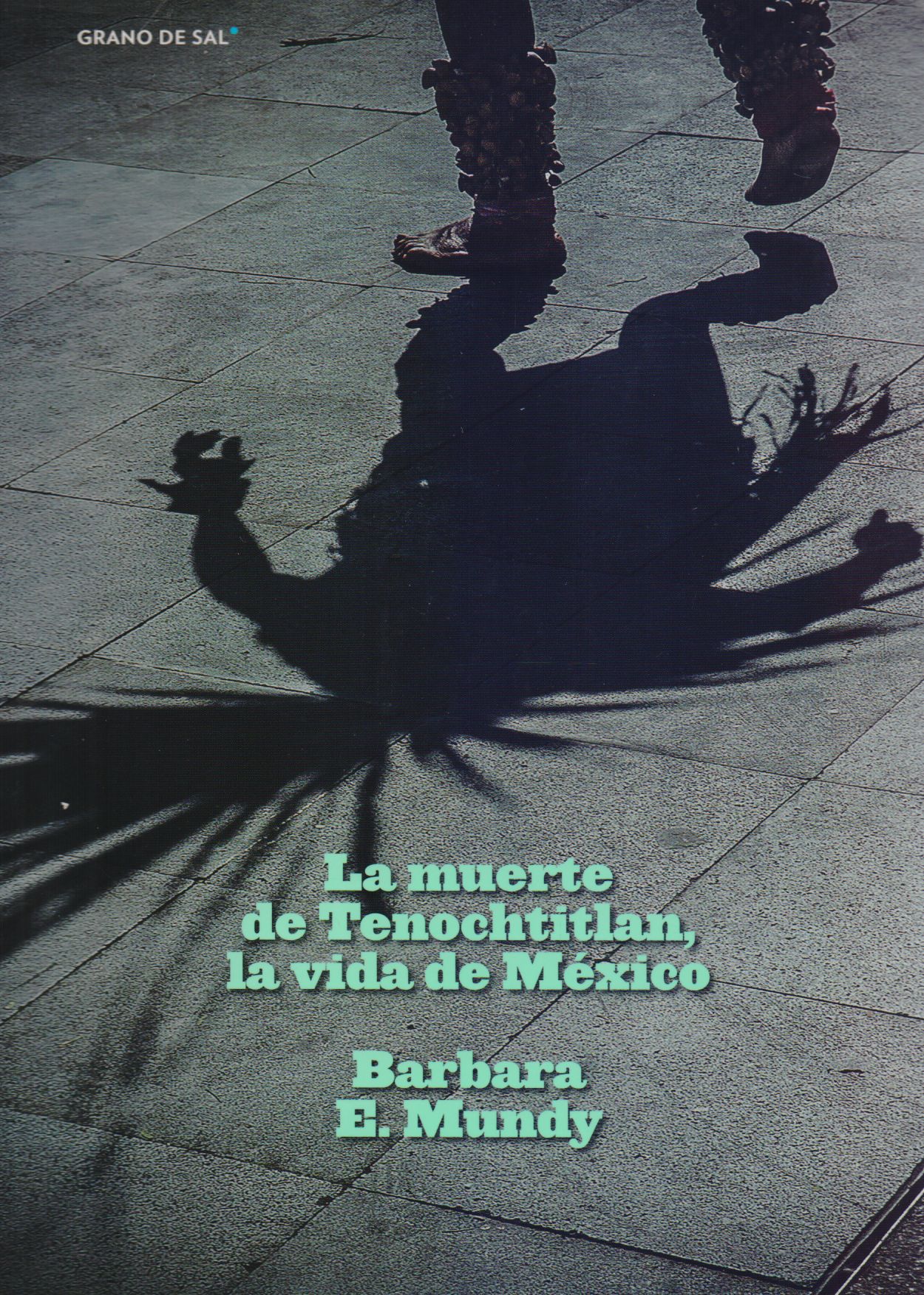Libros relacionados
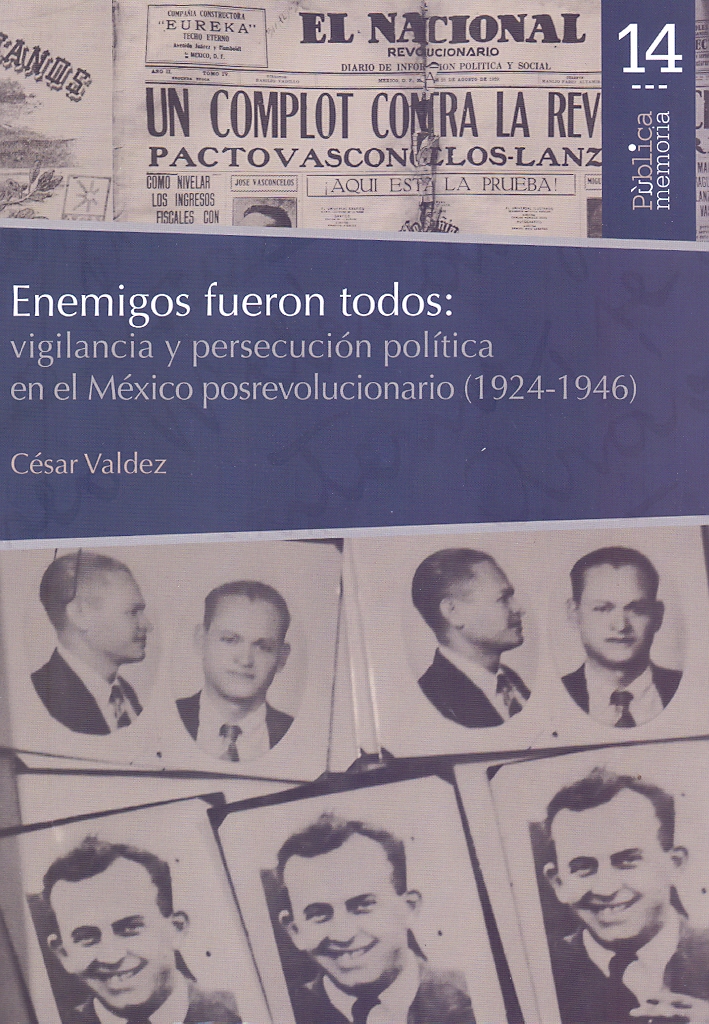 |
Enemigos Fueron Todos: Vigilancia y Persecución Política en el México Posrevoluc Valdez César Bonilla Artigas Editores |
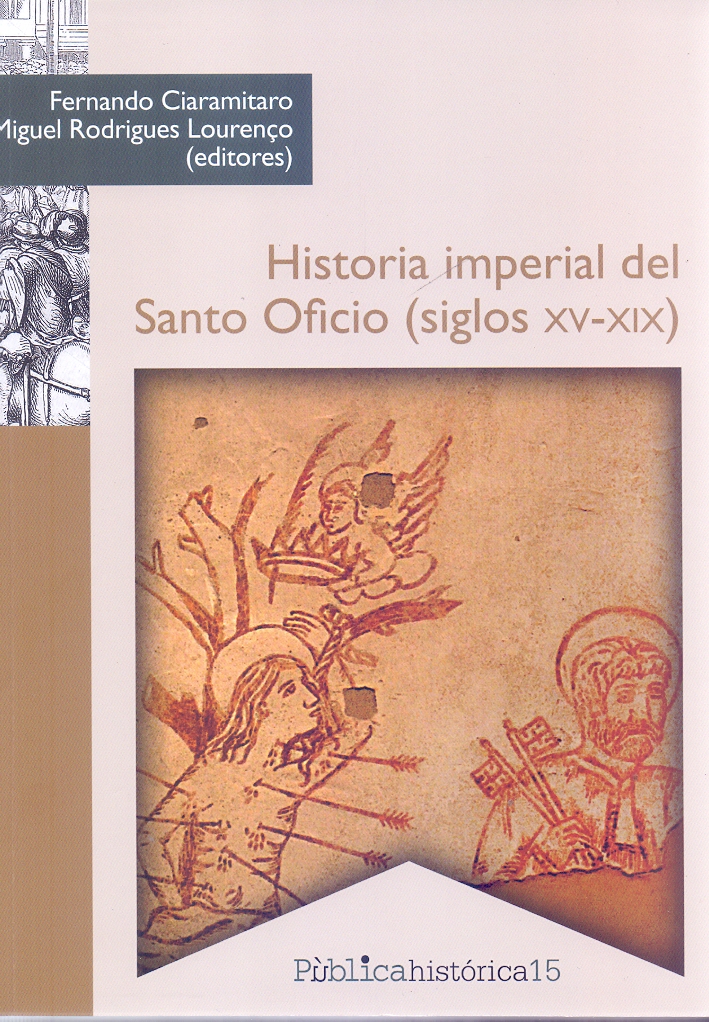 |
Historia Imperial del Santo Oficio (Siglos XV-Xix) Fernando Ciaramitaro, Miguel Rodrigues Lourenço Bonilla Artigas Editores |
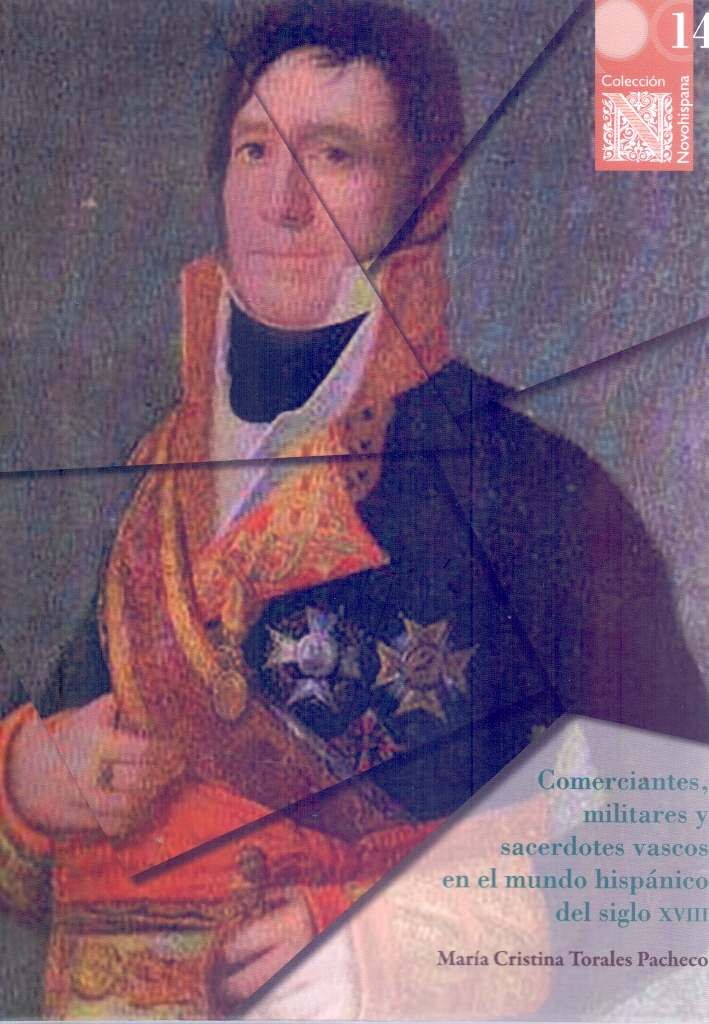 |
Comerciantes, Militares y Sacerdotes Vascos en el Mundo Hispánico del Siglo XVII Torales Pacheco, María Cristina Bonilla Artigas Editores |
 |
El Crisol y la Flama: Grupos Sociales y Cofradías en Pátzcuaro (Siglos XVI y XVI Flores García, Laura Gemma Bonilla Artigas Editores |
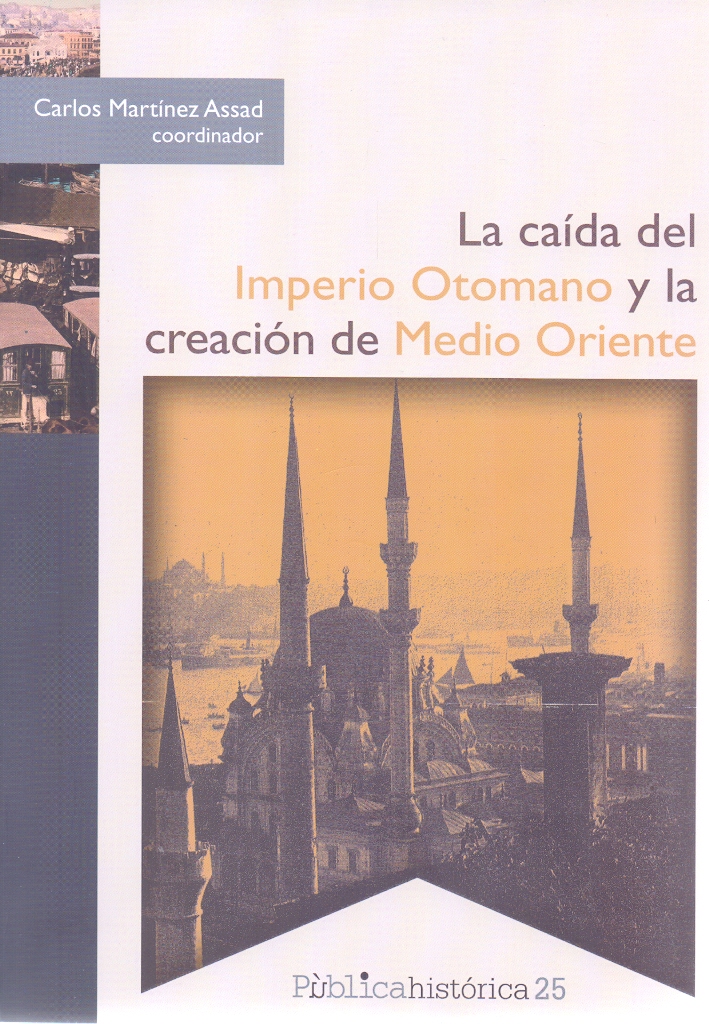 |
La Caída del Imperio Otomano y la Creación de Medio Oriente Carlos Martínez Assad Bonilla Artigas Editores |
 |
Exilio Español y Su Vida Cotidiana en México, El. Serrano Migallón, Fernando; Woldenberg José Bonilla Artigas Editores |
 |
La Corte de Isabel II y la Revoluciónde 1854 en Madrid Madame Calderón de la Barca; Raúl Figueroa Esquer Bonilla Artigas Editores |
 |
La Catedral de Puebla. Historia de Proceso Constructivo Molero Sañudo, Antonio Pedro Benemerita Universidad Autonoma de Puebla |


|
Título: Conflicted Identities And Multiple Masculinities | |
| Autor: Murray Jacqueline | Precio: $881.00 | |
| Editorial: Routledge | Año: 1999 | |
| Tema: Historia | Edición: 1ª | |
| Sinopsis | ISBN: 9781138799028 | |
| Conflicting Identities and Multiple Masculinities takes as its focus the construction of masculinity in Western Europe from the early Middle Ages until the fifteenth century, crossing from pre-Christian Scandinavia across western Christendom. The essays consult a broad and representative cross section of sources including the work of theological, scholastic, and monastic writers, sagas, hagiography and memoirs, material culture, chronicles, exampla and vernacular literature, sumptuary legislation, and the records of ecclesiastical courts. The studies address questions of what constituted male identity, and male sexuality. How was masculinity constructed in different social groups? How did the secular and ecclesiastical ideals of masculinity reinforce each other or diverge? These essays address the topic of medieval men and, through a variety of theoretical, methodological, and disciplinary approaches, significantly extend our understanding of how, in the Middle Ages, masculinity and identity were conflicted and multifarious. | ||
Librería Bonilla SA de CV © Todos los derechos reservados. 2019
Última actualización: Jul 2019




